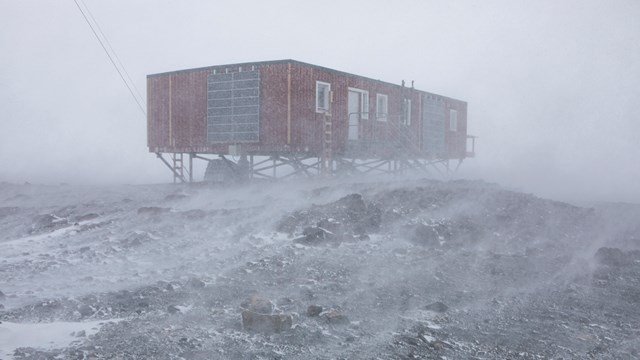Arrived at a snow-covered Wasa
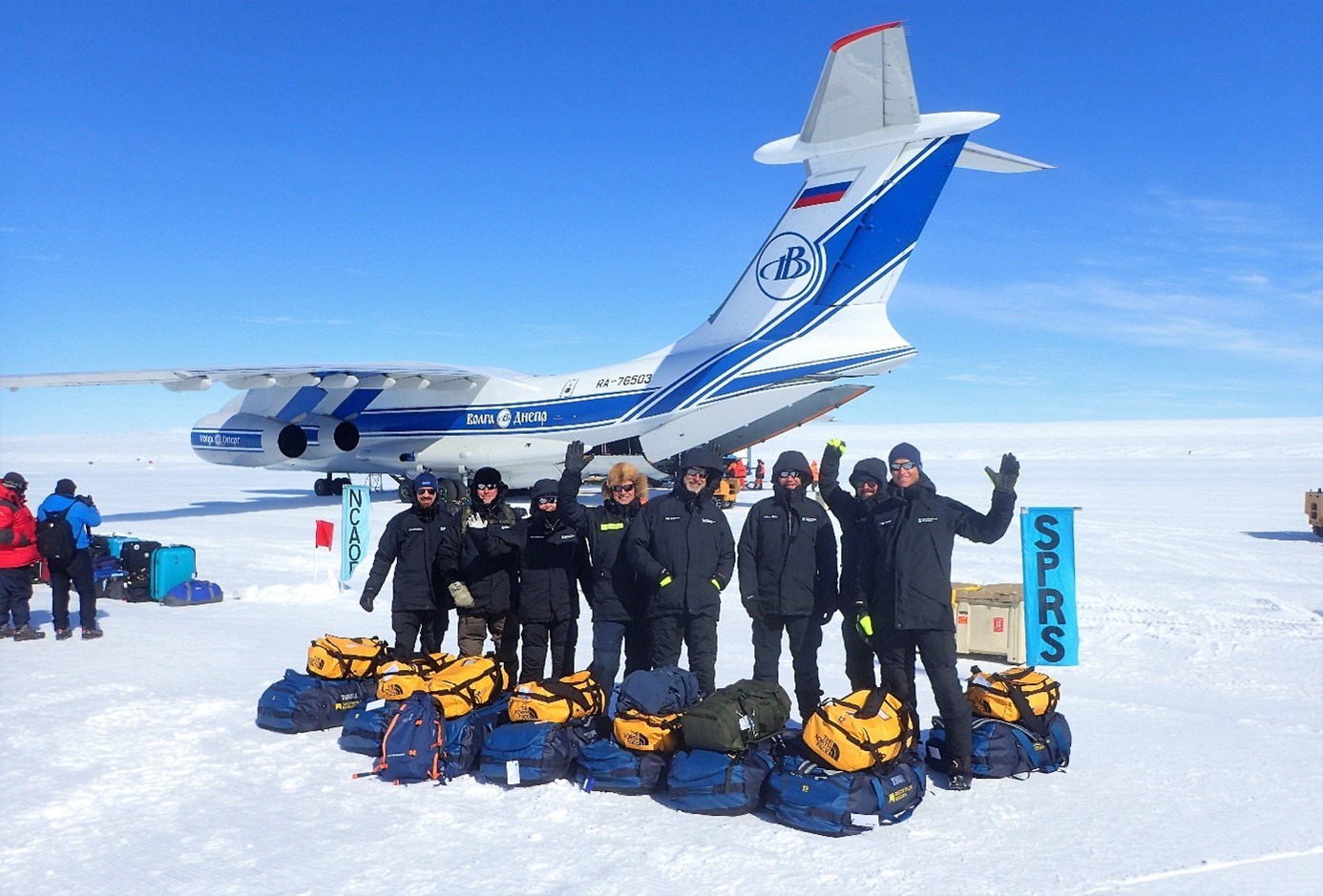 The first group of researchers and staff responsible for logistical and operational support has made a stopover at the Russian base Novo in Antarctica. Photo: Ola Eriksson
The first group of researchers and staff responsible for logistical and operational support has made a stopover at the Russian base Novo in Antarctica. Photo: Ola Eriksson
Antarctica, December 14, 2021
Text: Ola Eriksson, expedition leader
The trip here went well even though we stayed at Novo for a couple of days before we could continue. Now we have been here at Wasa for about a week. The start-up itself was quite difficult, but that's how it usually is. The water heaters, for example, did not want to start, the LPG did not want to work, the tracked vehicle parked outside is frozen fast, snow and ice in housing modules and containers, snowmobiles with "dead" batteries, etc. But we have all worked hard during the week and most things are now under control 😊.
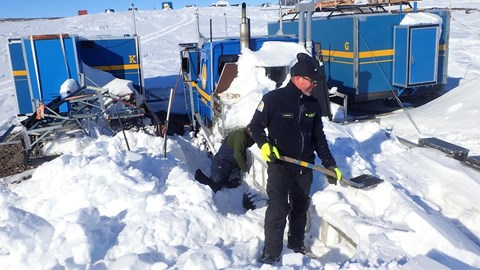
We have a garage container at the station that we often have problems keeping sealed. The last time we were here we mounted a wall inside the container doors with hopes to keep the snow outside. When we took down the wall we could see that it had not worked, not at all…
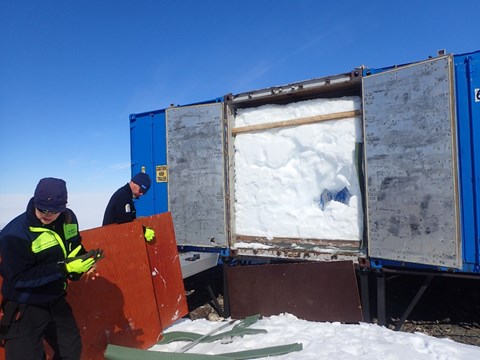
The snow at the top was relatively soft to get icy somewhere at the roof of the "ark" (living module). The bottom 50 cm was core ice. Likewise under and on the sides of the ark, core ice there too.
After several days of shovelling, chopping and heating with diesel heaters, we were finally able to open the doors to the living module to find out that the snowmobile would not start. The only solution then is to drag it out because the hood cannot be opened inside the ark. Once out, we could start it with starting cables. After that, continue with the diesel heater to melt the ice under and on the side of the living modules.
Once we got the first living modules out, the other two came pretty easily. However, none of the snowmobiles could be started, so back to the same procedure as described earlier.
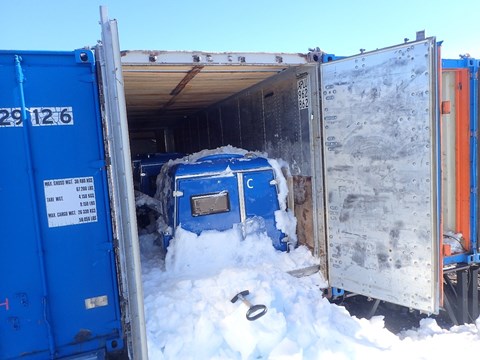
During our start-up week, we have had incredible luck with the weather. It has been around -3 to -8 degrees Celsius and very light winds or calm winds. Very grateful for that. If the weather had not been with us, it would have been much more difficult.
A few days ago, we were getting ready so that the researchers could embark on their planned trip along the trail towards the Svea station. The idea was that they would live in a larger housing module that would be transported with a tracked vehicle and use the housing module as a base from which to make day trips. Unfortunately, the weather put a stop to this and that trip must take place after the storm has passed.
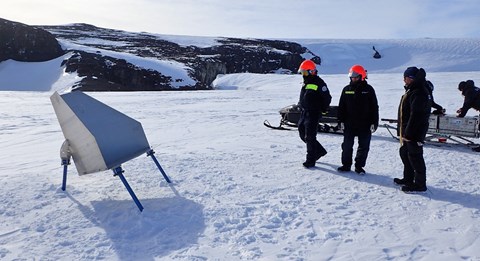
Right now we have stormy days and avoid being outdoors unnecessarily. Group two with Håkan, Mikael and the Magic-DML research group seem to be delayed due to the weather. Just as it usually is…
The new garage stands on its sleigh at the waypoint “Abz. Waza ”and will be picked up as soon as we have time.
Everyone is working hard and the mood is great!
Greetings Ola + the rest (Annika, Stefan, Dick, Michael, Andrew, Ian and Johan)

